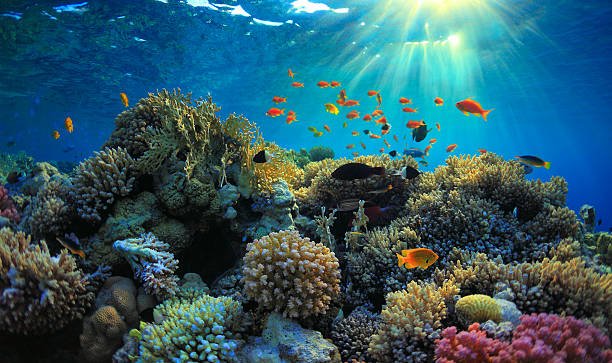The vertebrate skeleton is an essential component of the body that provides support, protection, and movement. It is a complex structure that is made up of bones, cartilage, and other connective tissues. The skeleton is essential for the survival and movement of vertebrates, and its role in providing strength and support to the body cannot be overstated.
How does the Skeleton of a Vertebrate give its Body Strength and Support
How the Skeleton Provides Strength and Support:
- Framework for the Body: The skeleton serves as a framework for the body, giving it shape and providing support. It allows vertebrates to maintain their upright posture and protects internal organs from injury.
- Muscle Attachment Points: The bones of the skeleton serve as attachment points for muscles, allowing for movement and providing the body with strength. The muscles work in conjunction with the skeleton to provide the necessary force for movement and to maintain stability.
- Protection of Organs: The skeleton protects vital organs such as the brain, heart, and lungs. The skull protects the brain, while the rib cage protects the heart and lungs. The spine protects the spinal cord, which is responsible for transmitting messages from the brain to the rest of the body.
- Bone Density: The bones of the skeleton have a high density, making them strong and resistant to breakage. This density is achieved through the presence of calcium and other minerals in the bone tissue.
- Adaptation to Environment: The vertebrate skeleton can adapt to the environment in which the animal lives. For example, animals that live in water have a streamlined skeleton that reduces drag, while animals that live in trees have a more flexible skeleton that allows for greater range of motion.
Video: Skeletons and vertebrates
The vertebrate skeleton is essential for providing strength and support to the body. Its framework and muscle attachment points allow for movement and provide the necessary force to maintain stability. The bones protect vital organs and have a high density, making them strong and resistant to breakage. The skeleton can also adapt to the environment in which the animal lives. Without the vertebrate skeleton, animals would not be able to survive and thrive in their respective habitats.





